Italian-born French composer Jean-Baptiste Lully served the French court as a composer, dancer, conductor, and performing musician. He composed operas, ballets, and sacred music lived a colorful bisexual lifestyle, and died a freak death due to a conducting accident.
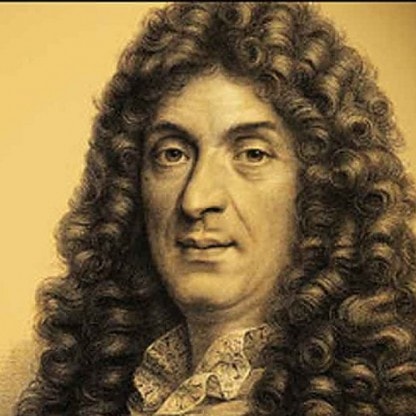
Jean-Baptiste Lully’s Early Life
I was born November 28, 1632, in Florence, Italy. My father was a miller, and my education at the time was minimal, but I had a calling for music unlike any other. A friar gave me my first music lessons and taught me to play the guitar. Yet, it was the violin that captivated me.
At fourteen years old, I attracted the attention of Roger de Lorraine, and he whisked me away to France, where I became a companion for his daughter Anne Marie Louise d’Orleans, a cousin to King Louis XIV.
In exchange for teaching her Italian, I was given an education and taught how to play the harpsichord, violin and learned to dance. My skills and experience quickly earned me a reputation and nicknames such as “le grand baladin” (wandering entertainer).
The lift I received from teaching in a well-established household helped me become familiar with the music expected from a royal court, and I began to dance and compose in the ballet style so revered by the court. By 1652, at age 20, I was the sole composer for the palace of Anne Marie Louise d’Orleans.

Consequences for Artists, Including Lully, from the Fronde
In 1648, the Fronde began. It was a period of rebellion in which the people of France attempted to overthrow the monarchy. Anne Marie Louise chose to back her father’s rebellious ideas, even going so far as to order her army to attack the king’s men on July 2, 1652.
She incurred the wrath of her cousin, the king, and his queen, who exiled her to Saint-Fargeau. Shortly after, I begged my leave from her service because I did not want to live in the country. Fortunately, Anne Marie Louise had previously introduced me to the Sun King, and in 1653 I was permitted to move into his palace.
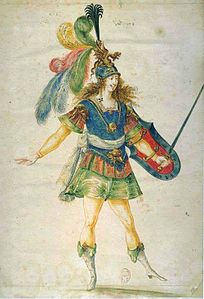
Jean-Baptiste Lully’s Ballet Royal de la nuit
The same year, I created Ballet Royal de la nuit, alongside collaborators Jean-Baptiste Boesset, Jean de Cambefort, and Michel Lambert. Taking thirteen hours to perform, fourteen-year-old Louise XIV debuted as Apollo.
It was the most complicated Ballet I ever composed, with a plot thick of mythological beings and monsters. After the Ballet’s performances, I was nominated as the court’s Royal Composer and given free rein over Petits Violons, the king’s private violin orchestra.
In his book, Music in Service of the King: France in the 17th Century, Robert M. Isherwood wrote this about me: “Having mastered the stylistic elements of French ballet music, Lully became the foremost composer of the royal ballets of the 1660s. In collaboration with renowned writer Isaac de Benserade, Lully presented his first important Ballet (Ballet de l’impatience) at the Louvre in February 1660 for two queens, foreign ambassadors, and the court.”
That decade proved to be the most career-changing years of my life. I teamed up with Moliere, once known as Jean-Baptiste Poquelin, who was the official playwright of the court. Together, we created “Comedie-ballets.”
Jean-Baptiste Lully’s Collaborations
After a collaboration in 1660 on the opera Ercole amante by Francesco Cavalli, I deepened my working relationship with Moliere, who wanted my assistance in adding music to his numerous ballets. We published, more or less, ten ballets for the court.
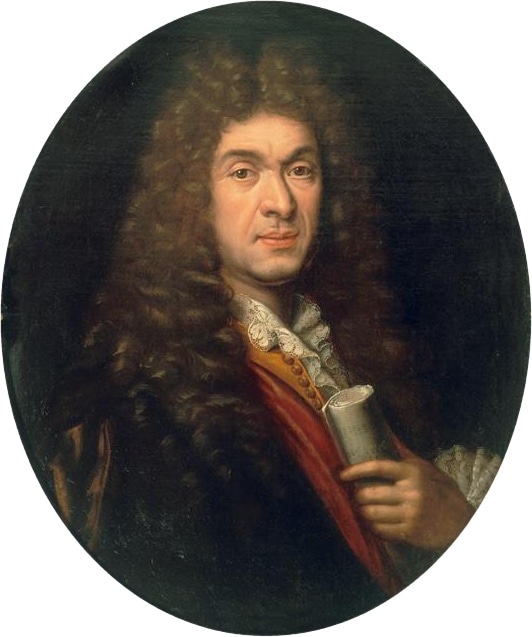
Jean-Baptiste Lully’s Marriage & Affairs
In 1661, I married Madeleine Lambert, daughter of Michel Lambert with whom I had worked previously. We had ten children together, and our marriage remained private and quiet, although I gave myself the title of “Jean-Baptiste Lully, escuyer, son of Laurent de Lully, gentilhomme Florentin.”
My wife was not enough for me. I was known for enjoying the company of women and men, especially at court. A later affair in 1685 with a man called Brunet ended my relationship with the Sun King. He sent Brunet away, exiling him to a religious order forever. Although the king distanced himself from me and my music, I continually tried to gain his attention.
Living and working for the royal court was not as straightforward or as well-rewarding as it might seem to the uninitiated. Much had to be negotiated, from appearances to relationships, and without the king’s approval, plans could not proceed.
My affair with Brunet was not the only occurrence that King Louis the 14th deemed a relationship inappropriate, even though affairs happened more often than not. Musicians led the dances and concerts, and it was rare that I attended a performance because I wanted to, and I was there because the king requested my presence for the sake of appearance.

Jean-Baptiste Lully’s Sacred Music & Ballets
Although I became well known for my “comedie-ballets” and opera, my work mainly centered on the royal chapel’s sacred music.
Whether for Catholic masses or use by convent nuns, I based my sacred music on texts by Pierre Perrin. I built much of it upon the motets already known by the public, including Miserere in 1664 and O lacrymae.
The ballets de cour went hand-in-hand with my reputation as a dancer for the court. I began writing overtures such as Ballet d’Alcidiane, and dances. I even composed some parody acts for comedic relief. Experimenting with music was what I loved; there was no limit to what I would try.
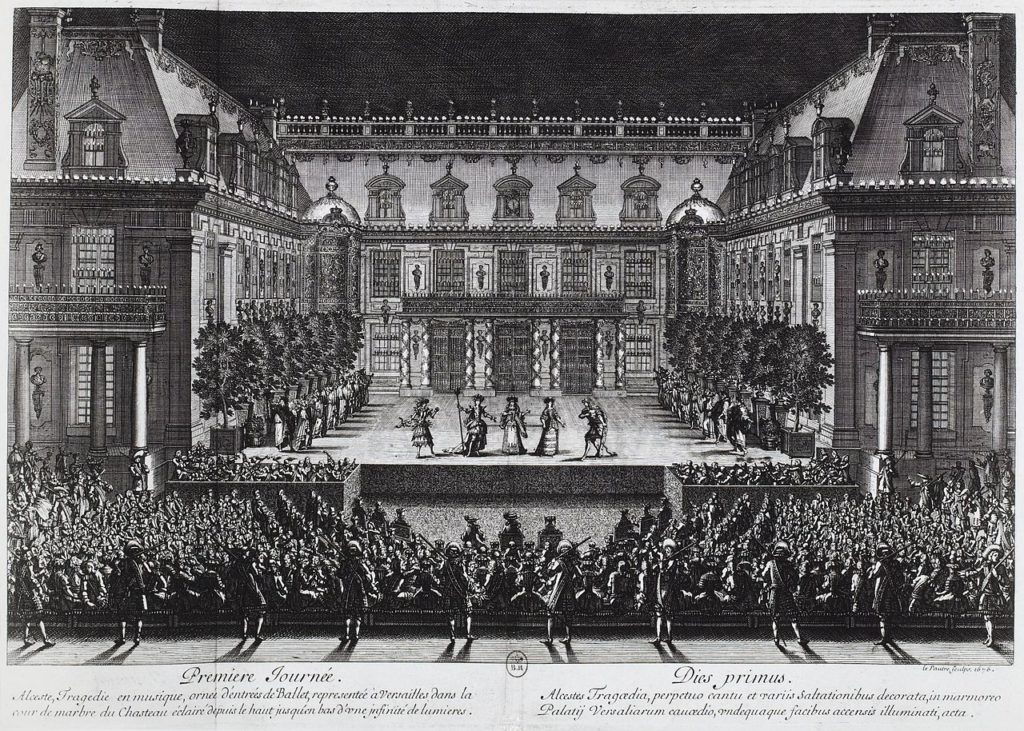
Jean-Baptiste Lully’s Tragedie en Musique Genre
In 1672, after proving my musical worth, I became director of the Academie Royale de Musique. Founded only a few years prior, the academy provided the perfect opportunity to concentrate on operas and a new genre, “Tragedie en Musique.”
At the time, I worked closely with Quinault, a poet whose work had a more dramatic quality that I had not yet set to music. Our first opera together was Les Fetes de l’Amour et de Bacchus. Then, in 1673, we collaborated to create the five-act opera Cadmus et Hermione.
It incorporated Tragedie en Musique wholly, adding intensity to the story (the founder of Thebes, Greece). This newly created genre later influenced Jean Phillip Rameau to challenge opera’s historical structure even more. His more significant challenge, though, was fighting the protests of my own music’s supporters.
Even after my death, the Lullists made themselves known, and anyone who tried to change the tidal wave of Tragedie en Musique found themselves fighting against my supporters.
Perhaps motivated by the inspiration of this new genre, I was able to complete an opera a year between 1673 and 1687.
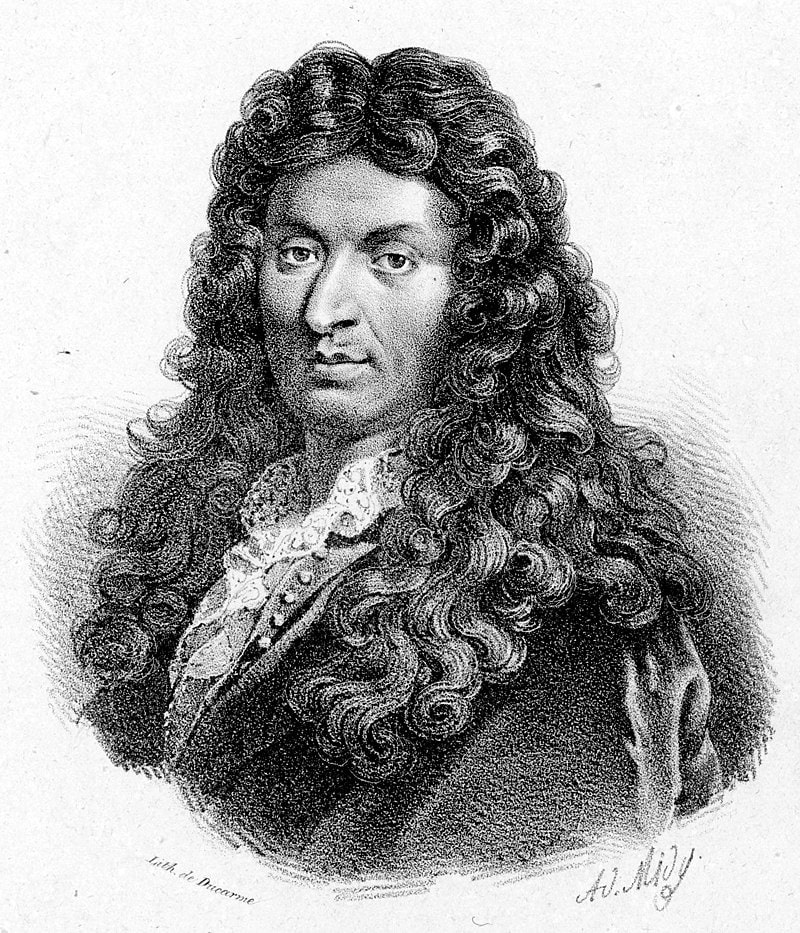
Jean-Baptiste Lully’s Injury, Illness & Death
The Sun King’s court valued and honored me throughout my career as a superb dancer, a vocation that was highly valued in royal courts, my ability to continue dancing was vital to me.
After a performance for King Louis, I injured myself conducting. I lived and worked before modern conductor’s hand-held batons were used. Instead, conductors used long staffs heavy staffs to beat a tempo. While rhythmically pounding out the beat, I accidentally hit my foot with the heavy staff, severely injuring it.
Multiple doctors recommend amputation due to fear of gangrene (the death of living tissue) setting in. I refused to amputate my foot because it meant I would not dance again. The wound never healed and did become infected with gangrene as predicted. My refusal to follow the doctors’ recommendations cost me my life.
I died on March 22, 1687. A large monument was erected in my honor, displaying these words: “God, who had given him a greater gift of music than any other man of his century, gave him also, in return for the inimitable chants he composed in his Paris, a truly Christian patience in the sharp pain of the illness of which he died… after having received sacraments with resignation and edifying piety.”
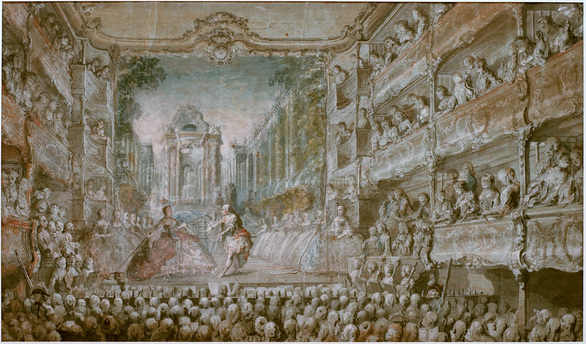
Jean-Baptiste Lully’s Historic Music Innovations
I was known for revolutionizing opera, freeing it from Italian domination. I innovated by developing comic opera and tragic opera.
In addition to my music itself, many of my innovations advanced Western Music and were utilized by other composers, including Rameau and George Fredrik Handle. Music historian Donald Jay Grout said: “Lully inserted episodes for a trio of wind instruments in some of the dances of his operas.”
The Abbe Prevost wrote: “Some critics, however, accuse him (Handle) of having borrowed many beautiful things from Lully, especially from our French cantatas, which he has the skill, so we say, to disguise in the Italian style. But the crime would be venial, were it certain.”
SOURCES:
- Jean Baptiste Lully (1632-1687): https://www.newworldencyclopedia.org/entry/Jean_Baptiste_Lully
- Jean Baptiste Lully (1632-1687): https://www.encyclopedia.com/people/literature-and-arts/music-history-composers-and-performers-biographies/jean-baptiste-lully-0
- The Sun King’s Musician: en.chateauversailles.fr/discover/history/great-characters/lully
- Ballet royale de la nuit, 1653: ringmar.net/kingdancing/index.php/2017/10/01/ballet-royale-de-la-nuit-1653/
- The King’s Men: Moliere and Lully’s Comedies-Ballets and the Politics of Patronage During the Reign of Louis XIV, 1661-1673 by Serena Frechter: https://jscholarship.library.jhu.edu/bitstream/handle/1774.2/59249/FRECHTER-THESIS-2018.pdf?isAllowed=y&sequence=1
- Orchestra and Spectacle in the ‘tragedie en musique’ 1673-1715: Oracle, ‘sommeil’ and ‘tempete’ by Caroline Wood: https://www.jstor.org/stable/765952?seq=1
- Tragedie en Musique by Graham Sadler: https://www.oxfordmusiconline.com/grovemusic/view/10.1093/gmo/9781561592630.001.0001/omo-9781561592630-e-0000044040
- Music in Service of the King: France in the 17th Century, Robert M. Isherwood: Cornell University Press
- The Lives of Great Composers by Harold C. Schonberg: W. W. Norton and Company
- A History of Western Music by Donald Jay Grout: W. W. Norton and Company
Please find compelling quotes of Jean-Baptiste Lully’s here on his quotes page.
